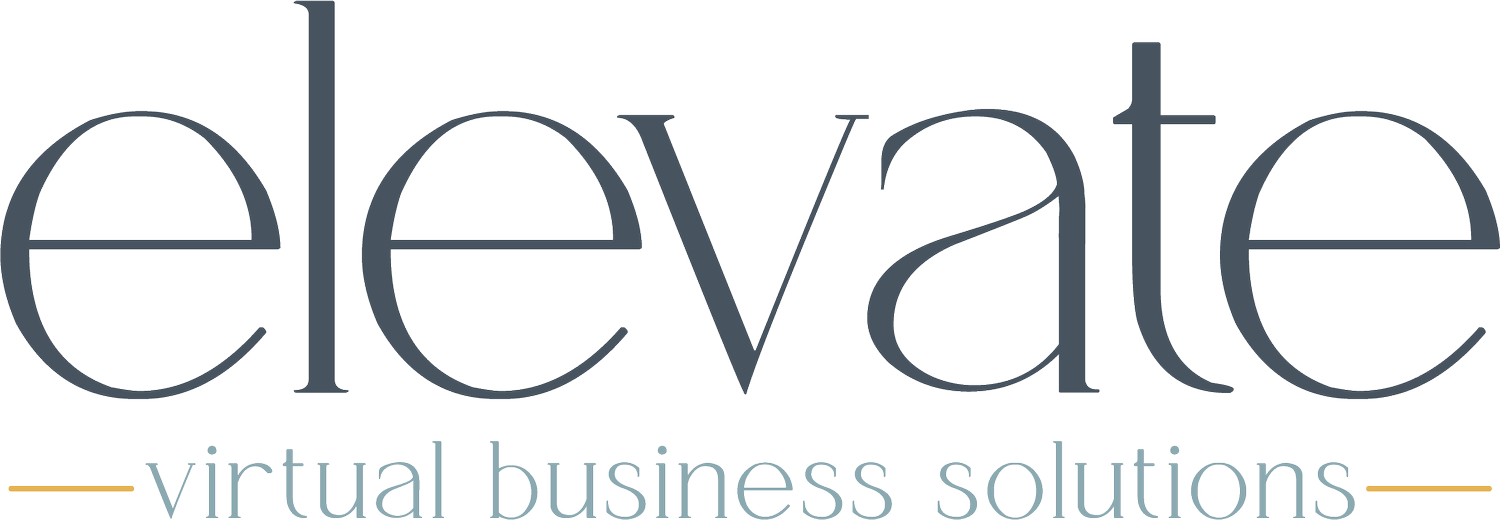4 Tips for Structuring and Organizing Effective Blog Content
Creating an effective and attractive blog can be a major challenge if your content is disorganized. As a business owner, you know the importance of cultivating your online presence. One of the most effective ways to do this is by creating compelling and well-structured blog content. But sometimes it can be difficult to determine which ideas are worth pursuing and how best to organize your content for maximum impact. If this sounds like a challenge you’re facing, no worries! We’ve got some tips on structuring and organizing effective blog content that can help get those creative juices flowing.
Determine the Purpose of Your Blog
As a business owner, you must determine the purpose of your blog before you start writing in order to ensure that the content is organized and reaches its intended audience. This is an important step because it allows you to think through what topics you would like to cover and decide who your target audience is. Additionally, by taking the initiative to plan out the blog’s content, you will avoid making costly mistakes such as duplicating content or sharing an unaligned message for the wrong demographic.
Defining the purpose of the blog will also help you identify which platforms are best suited to meet your goals and pinpoint any areas you need to do more research or development. By properly determining the objective of the blog before sitting down to write, your business will have a better chance of achieving success with its content and reaching the desired outcomes.
Define Your Authority
Google wants you to E-A-T. E-A-T is part of Google’s algorithm that determines the quality of any content shared. This acronym stands for Expertise - Authority - Trustworthiness. AUTHORITY is your proficiency in the subject matter you discuss. Basically, are you an expert in this industry/area/topic? The more you discuss a particular topic, the better Google can rank your content and website.
To be an authority in your industry and have meaningful blog posts, you need to do more than just provide information. You need to communicate your depth of understanding on the topic - opinions, advice, and lessons learned - that will showcase your years and dedication to the subject. To achieve this, it is important to take the time to research topics thoroughly before writing a blog post. This means exploring ideas beyond what is commonly known and looking at different levels on which you can discuss a topic.
Having a clear goal for each blog will help you plan out exactly how you want each post to be presented in order to reinforce your expertise and promote the objectives you want to reach. And remember - it is important to back up any claims made with relevant statistics or credible sources.
At Elevate, we showcase our authority through administrative support, developing client relationships, building business foundations, and sharing various ways you can delegate tasks to grow your business. As a team of administrative and operational professionals, we merge our collective knowledge so that our clients benefit from the experience we all share. This gives us a chance to serve you on a deeper level and provide services like Strategic Mapping™, digital marketing, and project management.
Use the Tools in Your Content Management System
No two content management systems (CMS) are the same, and each system comes with its own unique set of features and tools. When it comes to organizing blog content and storing data, one CMS may be better suited for a particular job than another. For instance, some systems may offer more robust taxonomy capabilities for creating categories, while others may have sophisticated tag-management tools that make keywording posts easier.
Additionally, certain content management systems come with built-in search engine optimization (SEO) functionality that can automate processes such as sitemap generation or keyword optimization to ensure your blog posts are as visible as possible on the web. By taking advantage of the specific features available in a particular CMS, you can maximize the impact of your existing content. And because it is often asked, we can’t tell you which CMS to get. You have to decide what works best for your business needs. Once you know, Elevate’s VEAs and Digital Marketing team can help standardize and publish your content.
Include Internal Links to Other Blogs
Internal linking in a blog serves multiple purposes. Not only does it create a structure that allows readers to navigate easily, but it also helps with SEO efforts by providing guidance for search engine bots. This kind of linking provides readers the opportunity to explore related topics and keeps them engaged with your blog even longer.
When adding internal links, however, it’s important to remember not to overdo it. Too many links can distract from the content and make the page look unprofessional. Limit the number of links to five or fewer. This is more of a guideline than an absolute law as each blog is unique and may require different amounts of links depending on its purpose and audience. It's also important to consider how much content there is in a post and where to link in order for the linking to be effective. You want the links to improve user experience without detracting from the overall message.
Let’s face it - having a blog can be beneficial to your bottom line. These tips are a few of the ways you can structure and organize your blog content to make it more effective. Creating a well-rounded and informative blog will help improve your website's SEO and attract new customers. By following these tips, you'll be on your way to creating a successful business blog that generates leads, builds relationships, and drives sales. And when you realize you don’t have time to do all these things yourself, get on our calendar to see what Elevate’s Digital Marketers can do for you.
